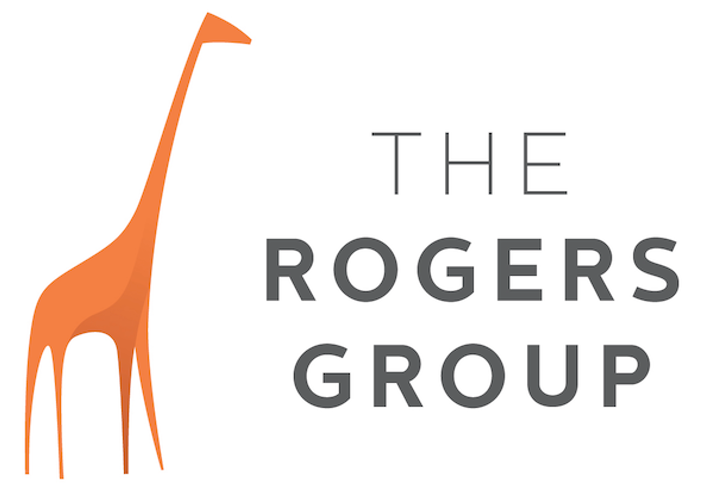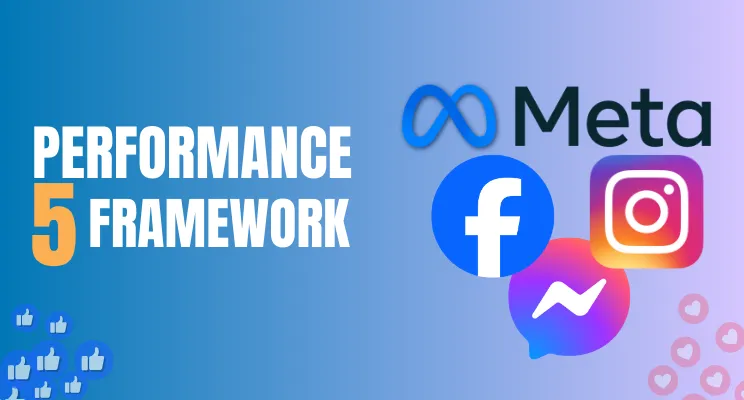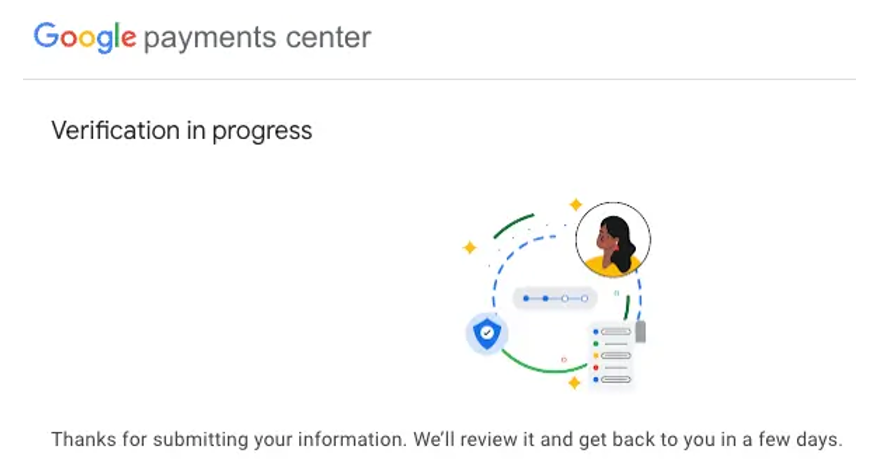Implement consent mode to maintain the functionality of your ad measurement system. Businesses targeting users in the European Economic Area (EEA) need to establish a robust mechanism for gathering and conveying end-users’ consent preferences. Utilise it to establish a solid groundwork for assessing your advertisements.
What is consent mode?
It facilitates the transmission of your users’ consent status regarding cookies or app identifiers to Google. Tags modify their operations to align with users’ preferences.
Unlike offering a consent banner or widget directly, consent mode collaborates with your banner to secure visitor consent. Further insights are available in the “Manage user consent” section.
Through consent mode, Analytics, Ads, and third-party tags adjust their activities based on the consent choices received from your cookie banner or widget, ensuring dynamic adaptation to user preferences.
How consent mode works?
Enabling it ensures that Google’s measurement products maintain a visitor’s consent mode status consistently across their browsing sessions.
There are two ways to implement consent mode on your website or app: basic or advanced.
Basic
In its basic form, it delays the loading of Google tags until a user engages with a consent banner. Prior to user interaction, no data is sent to Google. Upon user consent, Google tags load and activate the mode’s APIs, transmitting consent states in the following sequence:
- Initial default consent states are sent.
- Updated consent states are transmitted. However, if the user does not grant consent, no data, including consent status, is sent to Google, and the firing of Google tags is completely blocked. In this case, consent mode’s conversion modelling in Ads relies on a generalised model.
Advanced
In its advanced implementation, Google tags load as soon as a user accesses the website or app. These tags initialize the consent mode API and perform the following actions:
- Default consent states are established, typically denying consent unless customised defaults are set.
- While consent is withheld, Google tags send cookieless pings.
- Google tags await user interaction with the consent banner to update consent states. Only when a user grants consent for data collection, Google tags transmit full measurement data. This approach offers enhanced modelling capabilities compared to the basic mode, as it employs an advertiser-specific model rather than a generalised one.
Why is it crucial?
Since March 2024, adherence to the EU user consent policy has become mandatory for utilising personalisation features. Beginning in 2024, our enforcement measures will also extend to measurement capabilities. To ensure the continued functionality of your ad measurement, it is imperative to integrate consent mode and transmit consent signals to Google.
How to begin?
Utilising Consent Mode has become more streamlined than ever through Google’s CMP partnerships. Reach out to one of Google’s consent management platform (CMP) partners to efficiently acquire and convey end-user consent preferences. Explore their tiered solutions and pricing models for further insights.
By Manesh Ram, Digital Marketing Specialist. Please follow @maneshram & Meta









